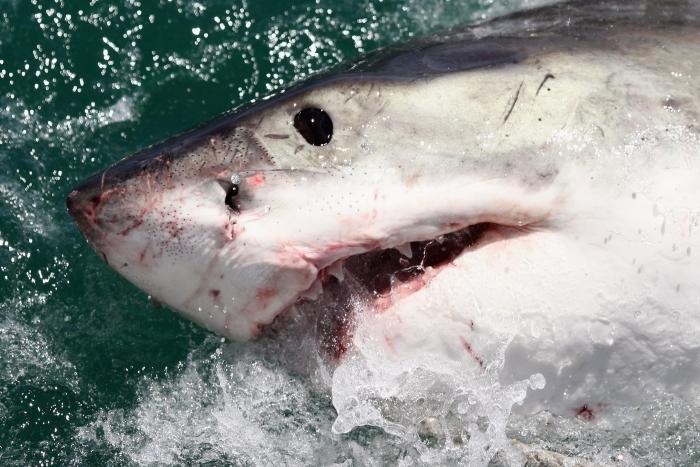A fisherman in Australia has found the head of a large shark, with bite marks from an unknown—but likely massive—ocean predator.
Jason, who posted the impressive find on Facebook under the alias Trapman Bermagui, wrote that he was shark fishing off the coast of Bermagui when he stumbled across the 200-plus-pound mako shark head.





